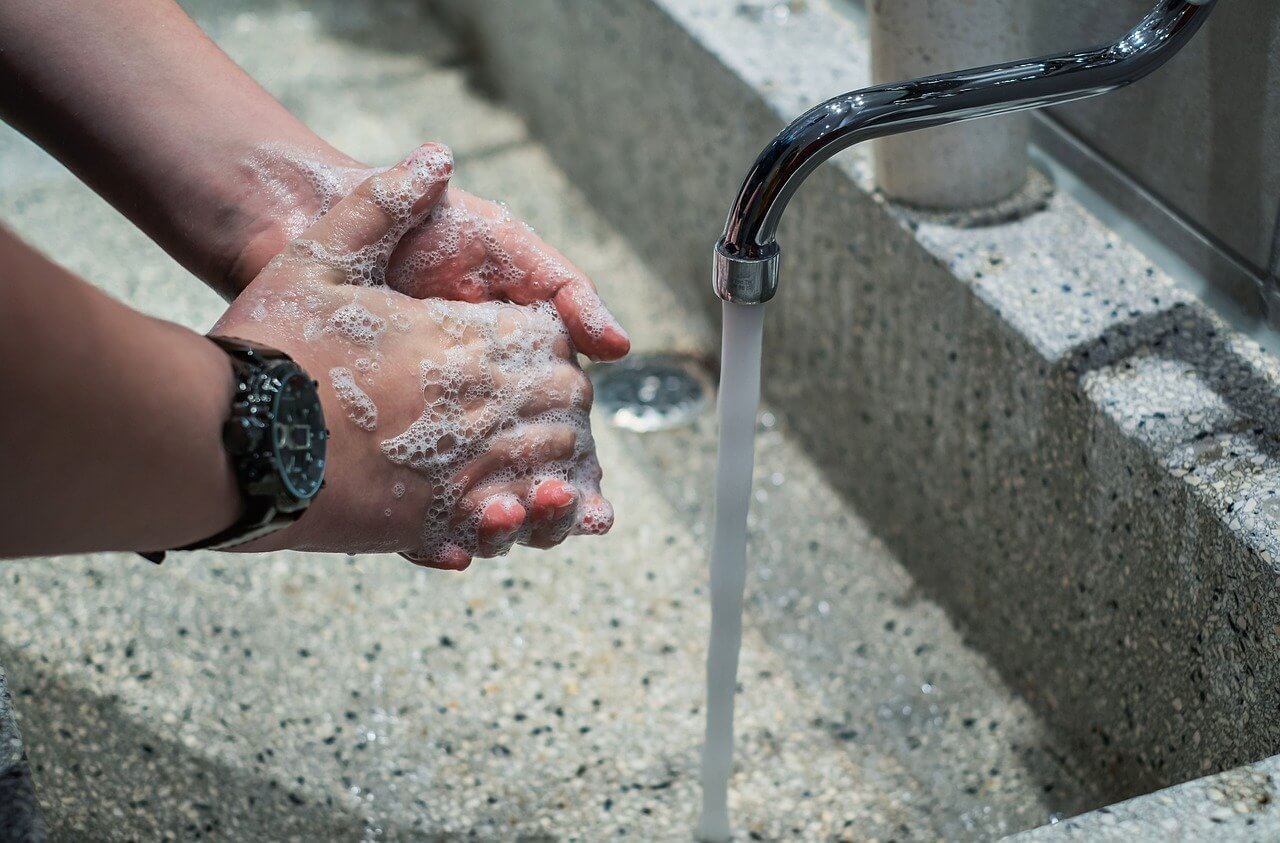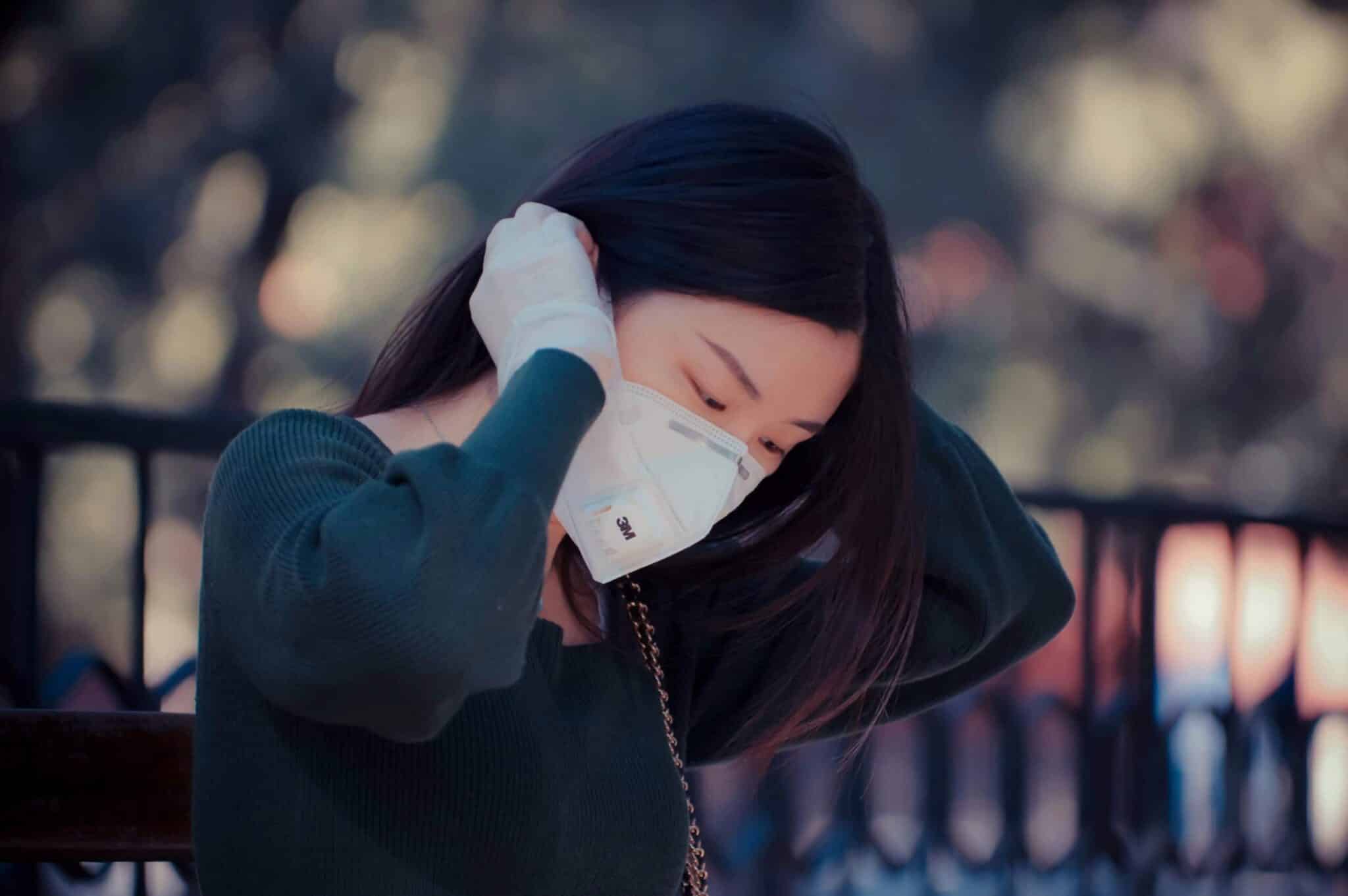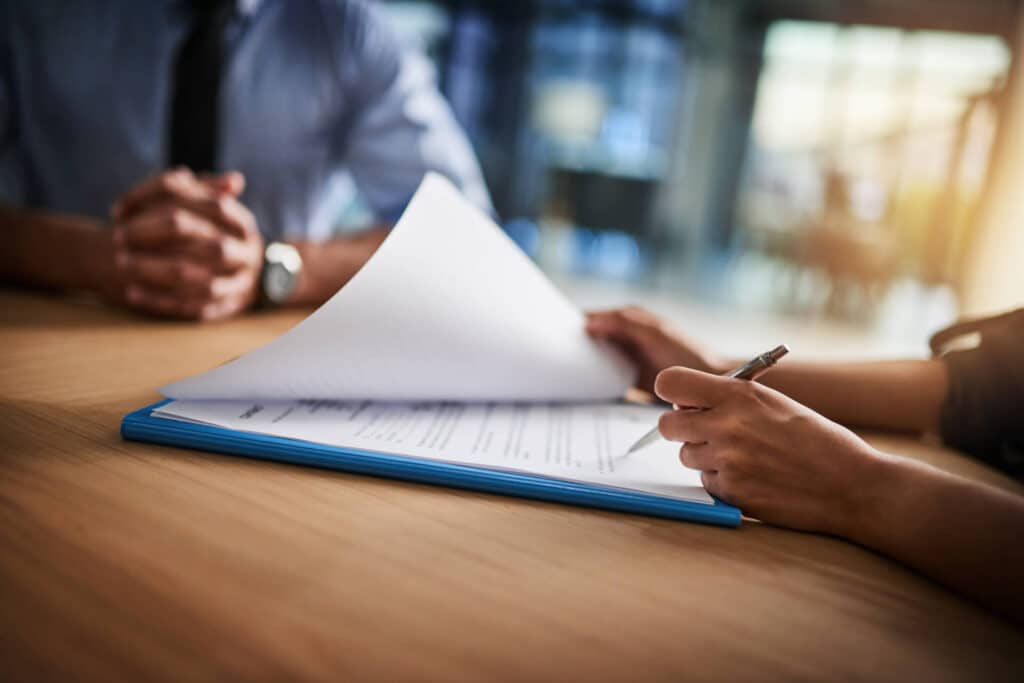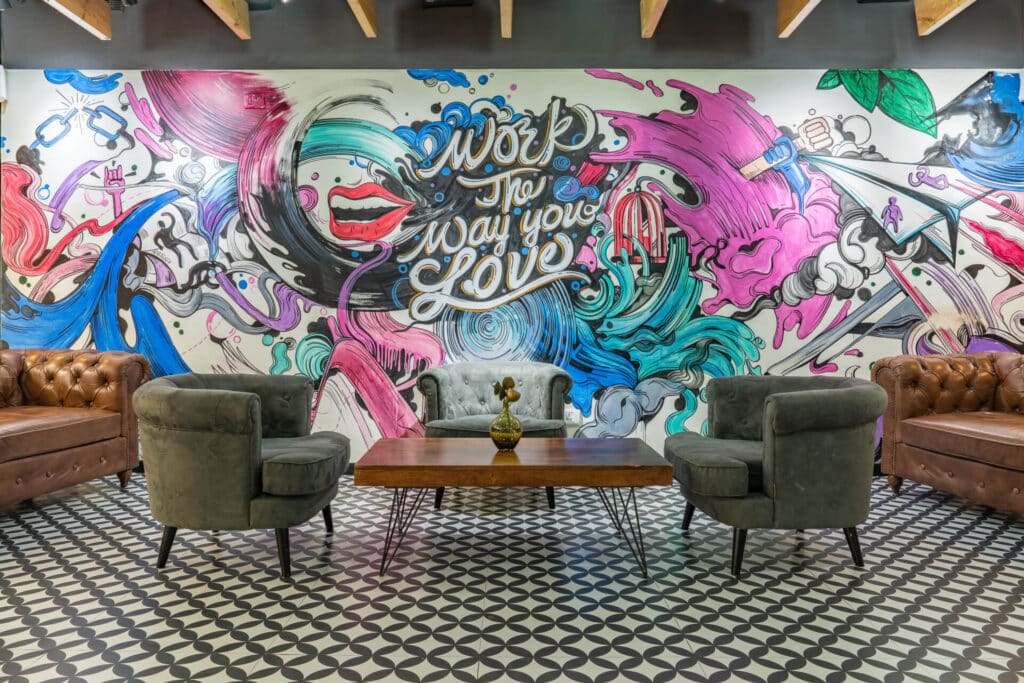COVID-19: 5 lessons from the return back to the office in Asian markets


As the world continues to battle the pandemic, many countries are beginning to roll out plans to reopen in an effort to restart economies and resume life in a post-COVID-19 world.
There is much to be learned from the countries that have reopened, particularly those who have started to make the shift from working remotely to working in the office. Because of cultural differences, some tactics may not apply to US companies. However, there are still valuable lessons to be learned and used in the US workplace.
In this article, we’re taking a look at how a few Asian countries approached reopening, what precautions they are adhering to, and more.
The COVID-19 pandemic in Asia
The information in this post is constantly changing, and companies are continually evolving their responses as a result of new information.
Every country had a different response to the pandemic—from discrepancies in which businesses were shut down to when each country declared a state of emergency. For many Asian countries, leveraging population data to identify and control the spread of the virus, coupled with PPE and physical distancing tactics, have helped sequester the virus.
In South Korea, extensive testing, location tracking, and contract tracing were integral in controlling the spread of the virus even after reports of large surges of confirmed cases. Now, as South Korean employees transition back into the physical office, several precautions are in place. Naver Corporation, South Korea’s largest search engine, reported that it’s allowing less than half of its employees back into the office. What’s more, they’ve installed thermal cameras, full-body sterilizers, and table dividers in cafeterias to help slow the spread.
In Japan, the spread of the first COVID-19 wave was reduced despite borders being open. There were even talks of the 2020 Tokyo Olympics being held as scheduled. Japan issued a state of emergency on April 7th for seven prefectures, and as of May 14th, most of the lockdown across the country was lifted. However, the Japanese government recommends that the population maintains physical distancing practices and avoid crowded areas.
Like South Korea, many people in Jerusalem are shifting back to working in the physical office, but not without proper precautions. For Jerusalem Venture Partners’ Media Quarter of Jerusalem, employees receive temperature checks upon arriving at the office. Also, employees must complete an online health questionnaire, are instructed to print out a 3D face mask, and must work in their allocated space to uphold physical distancing.
Compared to Asian countries, parts of the US also implemented strict lockdown policies to slow the spread of the virus. Despite the high death toll and concerns regarding public safety, the US government is rolling out a plan to reopen. It’s imperative to look at the countries that are opening like Asia and assess what lessons can be applied to mitigate the spread of COVID-19.

Asia’s approach to reopening post-COVID-19
In an attempt to allow people to go back to work while keeping populations as safe as possible—and to mitigate the risk of another virus wave—countries all over Asia are implementing a variety of health and safety precautions for the workplace.
Let’s take a look at some of the most widely-used precautions across offices in Asia.
Physical distancing measures
Physical distancing is one of the best ways to stop the spread of the coronavirus. Therefore we can expect to see strict policies around this tactic in workplaces across the world.
For example, the Chinese ride-hailing giant, Didi Chuxing, taped divider patterns on the floors of the elevators in its office building for employees to stand within. They’ve also rearranged their office layout, so desks are situated in grids that are the appropriate physical distancing length.
At Meituan, a food delivery company in China, employees are split into A, B, and C groups, and only one group is allowed into the office at a time. Meituan has also implemented other measures, like food delivery services that encourage employees to “eat alone” to promote physical distancing.
Personal protective equipment (PPE) requirements
Coupled with physical distancing, personal protective equipment (PPE) requirements are essential as people start to return to the office. Distributing PPE to employees ensures that everyone has the proper materials to adhere to company policies.
Different countries are approaching PPE enforcement in unique ways. As we mentioned earlier, Jerusalem Venture Partners offers a 3D printing solution for employees, which is a quick way to distribute PPE. In China, a Shenzhen-based smartphone maker, Oppo, ties employee face mask usage to their performance KPIs, or the metrics in which they’re evaluated as employees.
No matter how PPE is distributed or how its usage is monitored, the sentiment is there: wearing face masks, and other protective gear is a critical step in making the workplace safer for all.

Integrate technology with daily health checks
Some Asian countries have chosen to leverage population data to help track and quarantine the spread of the virus. This data allows officials to look at spikes in the spread of the virus, determine where they originated, and reduce further spread.
For example, employees at Meituan are required to fill out a health questionnaire via an internal app that asks about their travel history, their roommate’s travel history, their overall health, and mood. The app then generates a color indicator—green or red—which determines if an employee is at risk or not. Then, building security guards will not only check employees for green codes but also take their temperature to confirm it.
Alibaba has implemented a similar tactic to Meitian. The tech giant distributes health questionnaires connected to the company’s human resources (HR) department. HR then calls at-risk employees before work to verify how they feel before they can come into the office.
Though there may be some moral conflicts about how this data is collected and used, many Asian countries have leveraged this information in a way that helps them understand the overall health of their population. This data can help officials and company leaders determine who should stay home, who is safe to return to the workplace, as well as where major spikes in cases—if any—originated.

What can be learned from Asia about returning to the office and COVID-19?
Though many countries in Asia, as in other parts of the world, are having to make adjustments based on what they see is working, and what needs to be improved, several tactics remain effective.
Physical distancing will likely continue to be one of the best ways to slow the spread of COVID-19 in the office. Breaking up employees into shifts can help control the number of people in the building at a time. Adjusting the office furniture layout to accommodate for physical distancing measures can also be highly impactful.
In addition to physical distancing, requiring face masks and other PPE and protective barriers can be a significant help as employees transition back into the workplace. It’s essential to communicate the expectations and requirements of PPE in the office to ensure employees adhere to the measures.
Lastly, daily health checks and questionnaires can help company leaders better understand their employees’ overall health. This information can help determine who is permitted in the building, and if the precautions are proven effective.
These tactics are essential to mitigate the spread of COVID-19 in the workplace. While the world is still battling with COVID-19, companies who are planning on opening their doors soon need to take strict precautions to prevent further spikes.
If your company is planning on reopening its offices, how are they handling it? Comment below or send us a tweet to let us know how you’re going about this process with your team.
Photo Credits: unyu KimTedward Quinn, Melde Dich, Kay Lau, Macau Photo Agency



